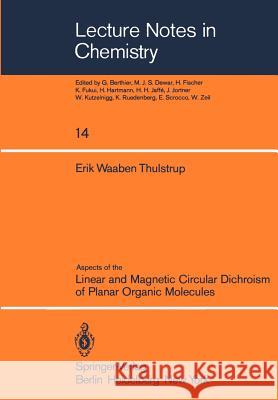Aspects of the Linear and Magnetic Circular Dichroism of Planar Organic Molecules » książka
topmenu
Aspects of the Linear and Magnetic Circular Dichroism of Planar Organic Molecules
ISBN-13: 9783540097549 / Angielski / Miękka / 1980 / 108 str.
Aspects of the Linear and Magnetic Circular Dichroism of Planar Organic Molecules
ISBN-13: 9783540097549 / Angielski / Miękka / 1980 / 108 str.
cena 201,72 zł
(netto: 192,11 VAT: 5%)
Najniższa cena z 30 dni: 192,74 zł
(netto: 192,11 VAT: 5%)
Najniższa cena z 30 dni: 192,74 zł
Termin realizacji zamówienia:
ok. 22 dni roboczych
Bez gwarancji dostawy przed świętami
ok. 22 dni roboczych
Bez gwarancji dostawy przed świętami
Darmowa dostawa!
Springer Book Archives











